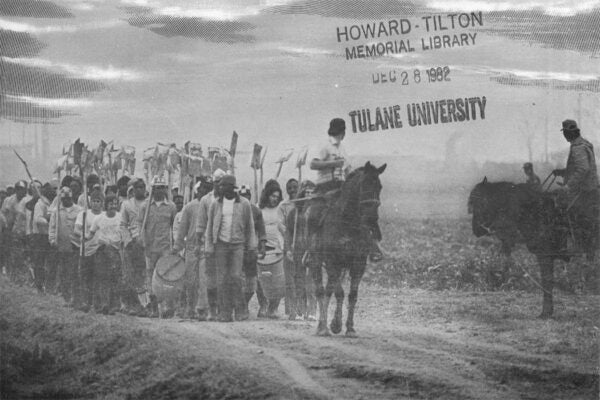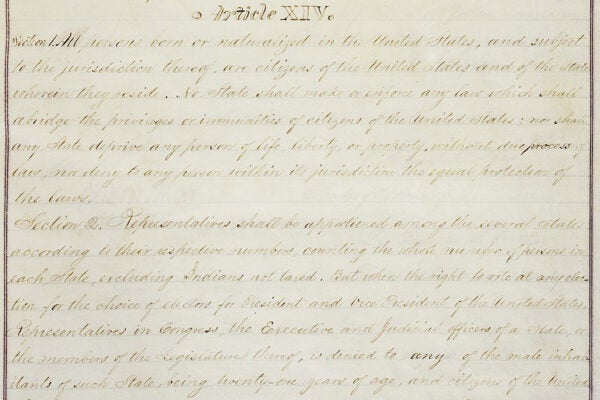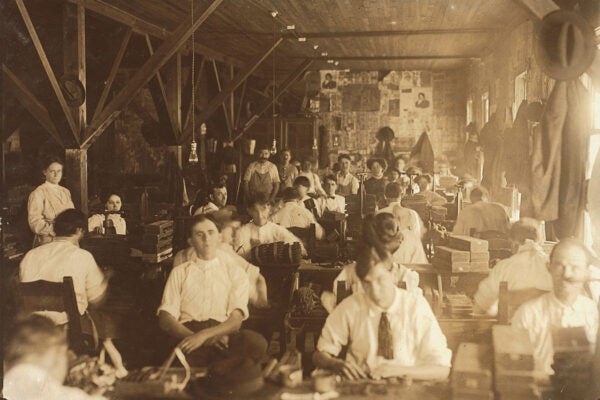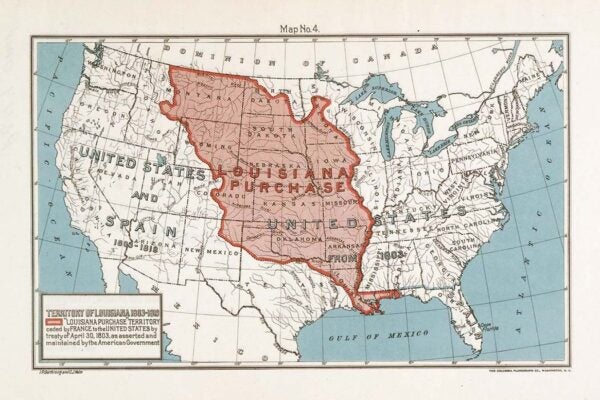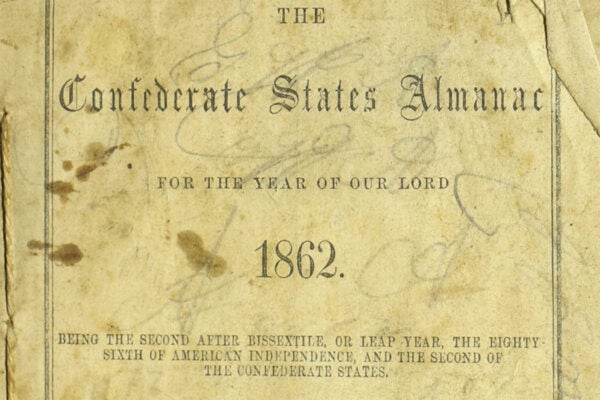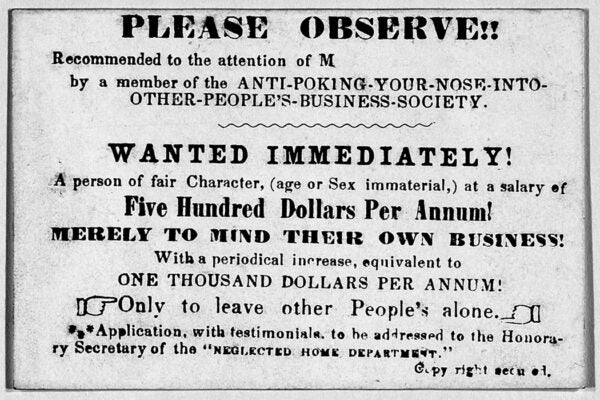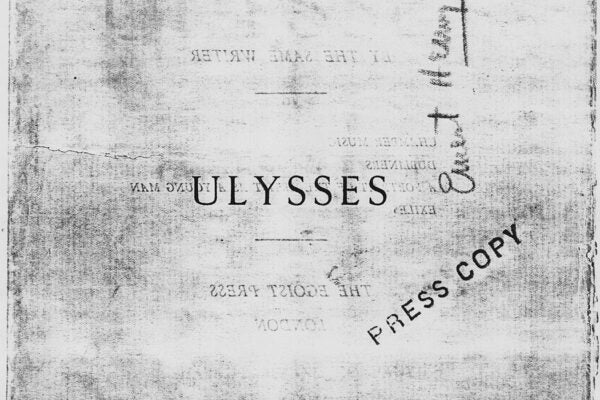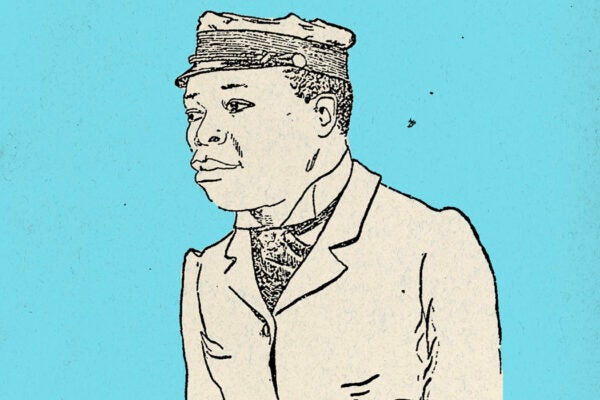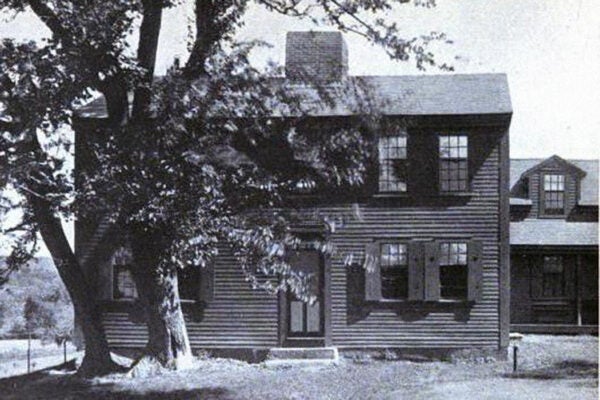The Cost of Inflation in Prison
In prisons across the country, the long history of legal forced labor intersects with present-day inflation.
Dubious Medicine on the Texas Frontier
If you got sick in the Texas frontier area in the decades before the Civil War, your options were all pretty bad.
The Fourteenth Amendment: Annotated
Adopted in 1868, the Fourteenth Amendment to the US Constitution addresses citizenship rights, due process, and equal protection under the law.
How Jim Crow Divided Florida’s Cubans
In the late nineteenth century, many Cuban immigrants supported racial equality. That began to change as white supremacist terrorism grew in intensity.
The Actual Louisiana Purchase Price
The $15 million price tag of the Louisiana Territory has been described as one of the greatest real estate bargains ever. But what did that actually buy?
On Harvests and Histories
Almanacs from the Civil War era reveal how two sides of an embattled nation used data from the natural world to legitimize their claims to statehood.
The Rise of Anti-Societies
In the early 1800s, Americans formed all sorts of anti-vice societies, triggering jokes and serious resistance to reform through a wave of anti-societies.
Ulysses Obscenity Decision: Annotated
In December 1933, Judge John Woolsey issued what would become one of the best known legal decisions on obscenity in United States history.
The Zulu Prince Scam
In the 1890s, self-proclaimed Zulu princes toured the United States, performing a con game on Americans eager to know Africa and Christianize its peoples.
The Alcott Anarchist Experiment
The failures at Fruitlands showed that anarchist and vegetarian ideals weren’t enough to sustain a community—spiritually or nutritionally.
